4-Amino-2-chloro-3-nitropyridine
- CAS NO.:2789-25-5
- Empirical Formula: C5H4ClN3O2
- Molecular Weight: 173.56
- MDL number: MFCD07368898
- SAFETY DATA SHEET (SDS)
- Update Date: 2025-07-24 18:13:46
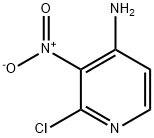
What is 4-Amino-2-chloro-3-nitropyridine?
Chemical properties
Yellow solid
The Uses of 4-Amino-2-chloro-3-nitropyridine
4-Amino-2-chloro-3-nitropyridine is used as a reagent in the synthesis of imidazopyridine-based fatty acid synthase inhibitors which show anti-HCV activity. Also used as a reagent in the synthesis of acyclic nucleotides that are related to clitocine, which exhibit antiviral activity.
Properties of 4-Amino-2-chloro-3-nitropyridine
| Melting point: | 205-207 °C (decomp) |
| Boiling point: | 392.8±37.0 °C(Predicted) |
| Density | 1.596±0.06 g/cm3(Predicted) |
| storage temp. | under inert gas (nitrogen or Argon) at 2–8 °C |
| form | powder to crystal |
| pka | 0.63±0.42(Predicted) |
| color | White to Yellow |
| λmax | 238nm(H2O)(lit.) |
| CAS DataBase Reference | 2789-25-5(CAS DataBase Reference) |
Safety information for 4-Amino-2-chloro-3-nitropyridine
| Signal word | Warning |
| Pictogram(s) |
 Exclamation Mark Irritant GHS07 |
| GHS Hazard Statements |
H302:Acute toxicity,oral H315:Skin corrosion/irritation H319:Serious eye damage/eye irritation H332:Acute toxicity,inhalation H335:Specific target organ toxicity, single exposure;Respiratory tract irritation |
| Precautionary Statement Codes |
P280:Wear protective gloves/protective clothing/eye protection/face protection. P310:Immediately call a POISON CENTER or doctor/physician. P305+P351+P338:IF IN EYES: Rinse cautiously with water for several minutes. Remove contact lenses, if present and easy to do. Continuerinsing. |
Computed Descriptors for 4-Amino-2-chloro-3-nitropyridine
4-Amino-2-chloro-3-nitropyridine manufacturer
New Products
Indole Methyl Resin tert-butyl 9-methoxy-3-azaspiro[5.5]undecane-3-carboxylate Boc-His(Boc)-OH 2-CTC Resin 4-Chloro-7-tosy1-7Hpyrrolo[2,3-d]pyrimidine 5,7-Dibromo-1H-indole 2,5-dichloro-N-hydroxy-4,6-dimethylpyridine-3-carboximidamide 2,2-Dimethoxy-7-azaspiro[3.5]nonane hydrochloride 4-chloromethyl-5-methyl-1,3-dioxol-2-one (DMDO-Cl) R-2-BENZYLOXY PROPIONIC ACID 1,1’-CARBONYLDIIMIDAZOLE 1,1’-CARBONYLDI (1,2-4 TRIAZOLE) N-METHYL INDAZOLE-3-CARBOXYLIC ACID 4-((2-hydroxyethyl)thio)benzoic acid 1-(TERT-BUTOXYCARBONYL)-2-PYRROLIDINONE Methyl 6-methylnicotinate 3-Pyridineacrylic acid tert-Butyl carbazate TETRAHYDRO-2H-PYRAN-3-OL 2-((4-morpholinophenylamino) (methylthio) methylene) malononitrile 3-(4-morpholinophenylamino)-5-amino-1H-pyrazole-4-carbonitrile 2,4-dihydroxybenzaldehyde 1,3-Diethyl-1,3-Diphenylurea Methyl 2-methylquinoline-6-carboxylateRelated products of tetrahydrofuran
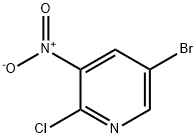
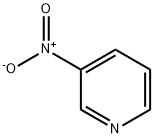

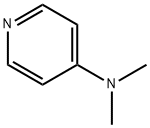
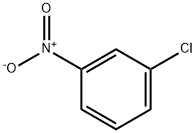

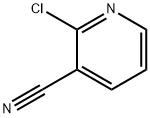

You may like
-
 2789-25-5 2-Chloro-4-amino-3-nitropyridine 98%View Details
2789-25-5 2-Chloro-4-amino-3-nitropyridine 98%View Details
2789-25-5 -
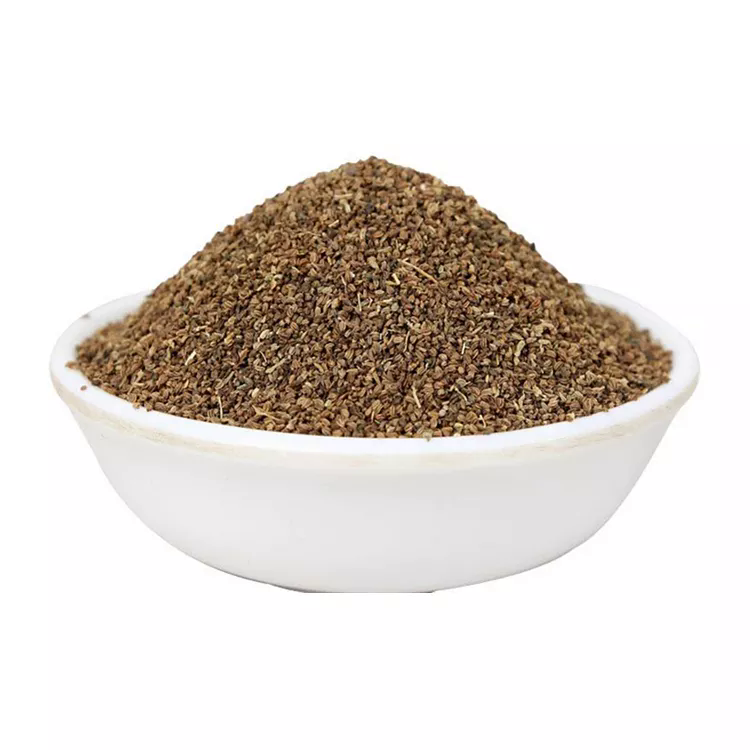 2789-25-5 98%View Details
2789-25-5 98%View Details
2789-25-5 -
 2-Chloro-4-amino-3-nitropyridine 98%View Details
2-Chloro-4-amino-3-nitropyridine 98%View Details
2789-25-5 -
 2-chloro-3-nitropyridin-4-amine 98%View Details
2-chloro-3-nitropyridin-4-amine 98%View Details
2789-25-5 -
 4-Amino-2-chloro-3-nitropyridine CAS 2789-25-5View Details
4-Amino-2-chloro-3-nitropyridine CAS 2789-25-5View Details
2789-25-5 -
 2789-25-5 98%View Details
2789-25-5 98%View Details
2789-25-5 -
 Pyridine 99.5% HPLC /UV SpectroscopyView Details
Pyridine 99.5% HPLC /UV SpectroscopyView Details
110-86-1 -
 Thiourea 99% ARView Details
Thiourea 99% ARView Details
62-56-6
Statement: All products displayed on this website are only used for non medical purposes such as industrial applications or scientific research, and cannot be used for clinical diagnosis or treatment of humans or animals. They are not medicinal or edible.
